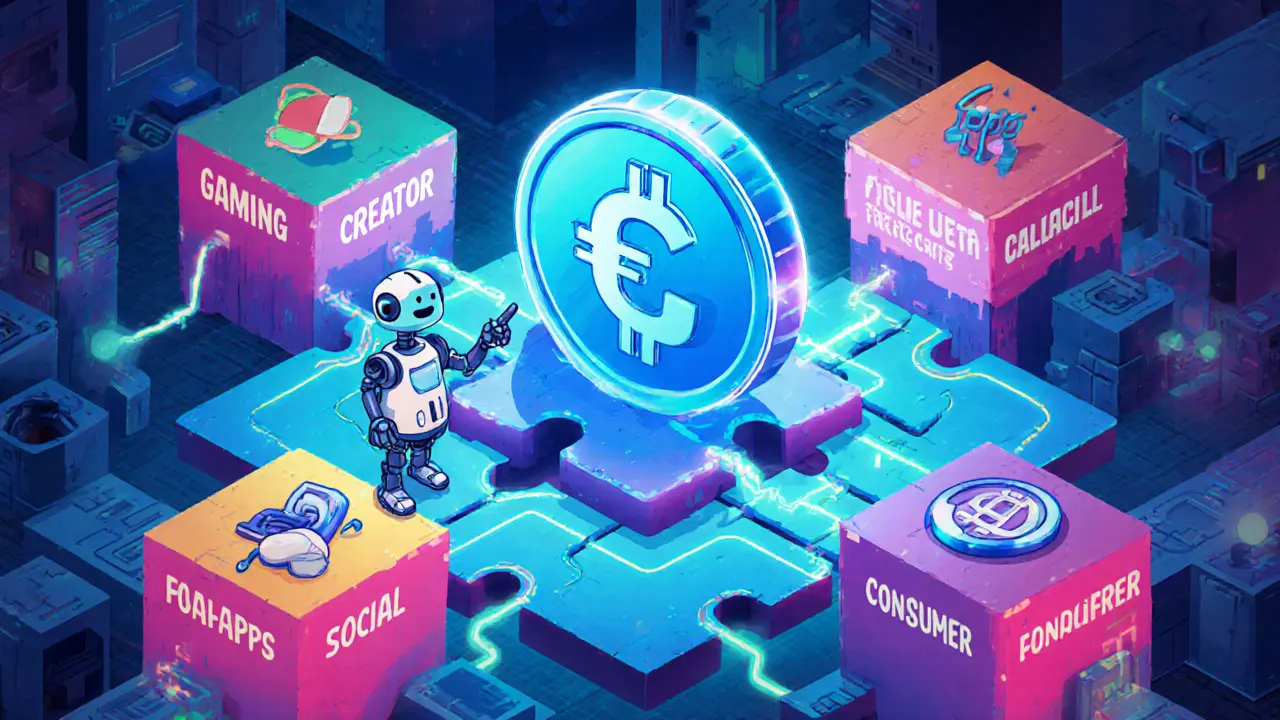A concise guide explaining what GLIDR (GLIDR) crypto coin is, covering its tech features, token economics, use cases, market position, how to buy, risks, and future outlook.
Account Abstraction: Redefining How Users Interact with Crypto
When talking about Account abstraction, a design pattern that moves transaction validation and fee payment from the external wallet to a smart contract on‑chain. Also known as AA, it lets developers rewrite the rules that normally sit in a user’s private key. By shifting those rules into code, a wallet can sign with any method – a biometric scan, a social recovery flow, or even a multisig contract – while the blockchain still sees a valid transaction. This approach directly tackles the biggest complaints new users have: losing keys, overpaying gas during spikes, and dealing with a confusing fee model. In short, account abstraction opens the door for a smoother, safer experience for anyone who wants to send or receive crypto.
One of the core building blocks that makes this possible is the Smart contract, self‑executing code stored on a blockchain that runs when predefined conditions are met. Ethereum, the leading smart‑contract platform that supports account abstraction through the EIP‑4337 upgrade has taken the lead by standardising the pattern with EIP‑4337. That proposal creates a new class of “user operation” objects that validators treat just like regular transactions, but the payer can be any contract‑based logic. In other words, account abstraction enables smart contracts to act as transaction payers, and Ethereum’s upgrade gives the network the plumbing to accept those payers. This shift also means developers can embed custom checks – like anti‑phishing rules or rate limits – directly into the account logic, raising security without adding user friction.
From a cost perspective, the Gas fee, the cost paid to miners or validators for processing transactions on a blockchain is no longer a static, unpredictable obstacle. With account abstraction, a DeFi‑oriented wallet can sponsor the fee in a stablecoin, an ERC‑20 token, or even a token that the user already holds for the transaction purpose. The DeFi wallet, a non‑custodial application that lets users manage private keys and interact with decentralized finance protocols therefore becomes more than a key holder – it turns into a flexible payment engine that can decide the cheapest or most appropriate fee asset in real time. This reduces the pain of gas volatility during token airdrops, cross‑border remittances, or high‑frequency swaps, and it lets users focus on the trade rather than the transaction cost.
Why Account Abstraction Matters Right Now
Across the articles we feature below, you’ll see how immutability, double‑spending safeguards, and reward structures all tie back to this new account model. Airdrop guides benefit from fee‑flexible accounts because participants can claim rewards without scrambling for native ETH. Cross‑border payment pieces highlight lower friction when the sending wallet can pay in a stablecoin instead of volatile gas. Even deep dives into block rewards and transaction fees become clearer when you understand that the payer can be a contract rather than a single key. All of these angles illustrate the practical impact of account abstraction on security, usability, and cost – the three pillars any crypto user cares about.
Below you’ll find a curated collection of guides, technical deep‑dives, and practical how‑tos that explore these angles and more, giving you a complete picture of how account abstraction is reshaping the crypto landscape.

